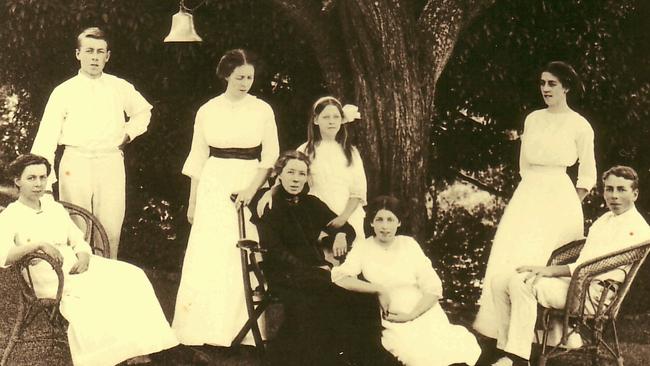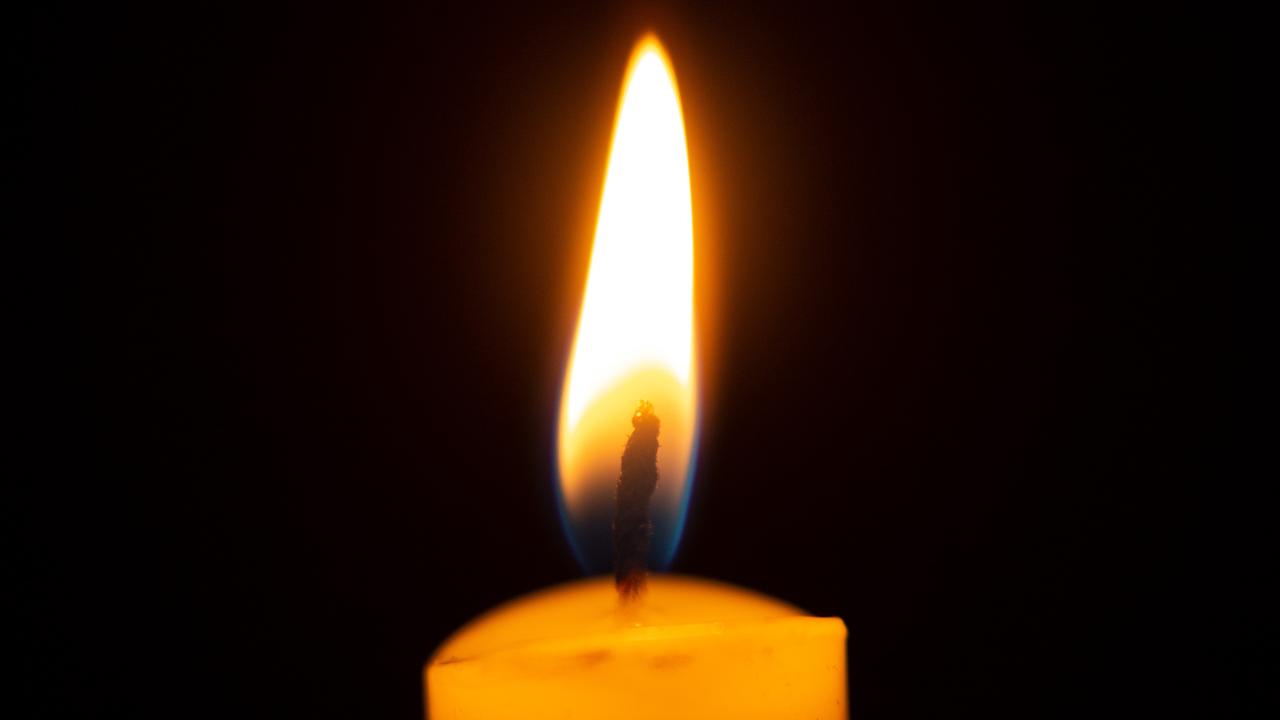Labour of love
HALF a world away from the front lines, Harriet Bayly could still significantly aid the war effort, writes GILL VOWLES

ANZAC Centenary
Don't miss out on the headlines from ANZAC Centenary. Followed categories will be added to My News.
A WIDOW who was single-handedly raising seven children while running a 12ha property was the driving force behind most of Hobart’s home front efforts.
Harriet Louisa Bayly, whose husband died suddenly from influenza in 1904, spent the war organising knitting groups, raising funds to ensure the welfare of war horses and sharing the abundant produce from her now historic property Runnymede with her neighbours.
Runnymede guide and historian Hildi Reinhart said Harriet was an extraordinary woman who worked tirelessly during the war.
“Especially after her three eldest children James, Henry and daughter Hally went off to war, Harriet threw herself into doing this amazing work,’’ Ms Reinhart said.
Runnymede was an absolute hive of activity and the clicking of needles met guests and volunteers alike as on any day 40 or more women would gather to take part in the knitting bees that produced socks, balaclavas, vests, kneepads and jumpers which were often sent off with a note from the person who had knitted them wishing the soldier well.
“There was even a pattern for a bed jacket with the back cut away to make men lying in bed more comfortable and they would also knit underwear — when I saw that item my first reaction was to think the boys would find them a bit chafey.’’
Ms Reinhart said Harriet sent the items to the Women’s League in London from where they were dispatched to the front.
“In one parcel Harriet sent six pairs of mittens, 227 pairs of socks and 224 Christmas parcels and this was a very small amount of what was produced in Tasmania.
“Harriet and her daughters who remained at home often sent parcels direct to her son James who eventually wrote to his mother bemoaning that he had enough socks as it was extremely hot in the tropics.’’
James suggested she slow down. In a 1915 letter sent home to his sister Margaret, he wrote from Egypt: “I hope mother does not get it into her head that I will go wanting for clothes.
“Please do not entertain the thought of sending me more clothes and socks . . . of which I have in abundance. I am trying to lighten my kit.”
Harriet also devoted time to the Purple Cross Society, an organisation dedicated to the welfare of the horses used overseas during the war.
“They raised money to help establish the Australian Mobile Veterinary Hospital in Egypt which dealt with up to 600 horses at a time,’’ Ms Reinhart said.
“The Purple Cross Society was credited with such excellent work that after the war it was deemed too important to abandon and eventually became the Royal Society for the Prevention of Cruelty to Animals (RSPCA).’’
Ms Reinhart said while Harriet was driving the war effort she also had to hold her family together and keep the farm running — but she was fortunate to have the support of Runnymede’s devoted and trusted gardener, Charlie Le Rossignol, who kept the home supplied with basic necessities.
“Although there was no rationing, shortages were felt, but Charlie produced an abundance of fruit, eggs, butter, milk, potatoes, sheep, chickens and geese — and Harriet shared it all with her friends and neighbours.’’
Ms Reinhart said Harriet was “one absolutely incredible woman’’ and her stoicism could possibly have stemmed from her birth on a whaling boat, the Runnymede, off the coast of New Zealand in 1861.
“Just days before Harriet was born a whale had been harpooned and its flesh processed on board. This was a very arduous, smelly and dangerous process which usually took three days and would have made Harriet’s birth hazardous.’’
The Runnymede stayed at sea for another seven months before returning to Hobart where the family lived at Lenna.
“Then Harriet’s mother died when she five years old and her father James took her with him on his whaling adventures — she basically lived on a boat until she was 12 and relatives intervened to ensure she got an education.’’
Ms Reinhart said Harriet always had a huge social conscience and was also very religious.
“I think her faith was what saw her through and helped her survive, particularly during the three years her oldest children were away for the war.’’
Ms Reinhart said although Harriet was lucky her children — Hally who nursed in London, James who was a gunner with the 3rd Field Artillery Brigade and Henry who was a bombardier with the Australian Field Artillery — all came home safely it was not a completely happy ending.
“James returned to England where he died at age 34 and Hally never married, because of the 15,485 young Tasmanian men who went to war, 2432 were killed or later died of their wounds, meaning for women of Hally’s age there were not many men left to marry.’’
Originally published as Labour of love


